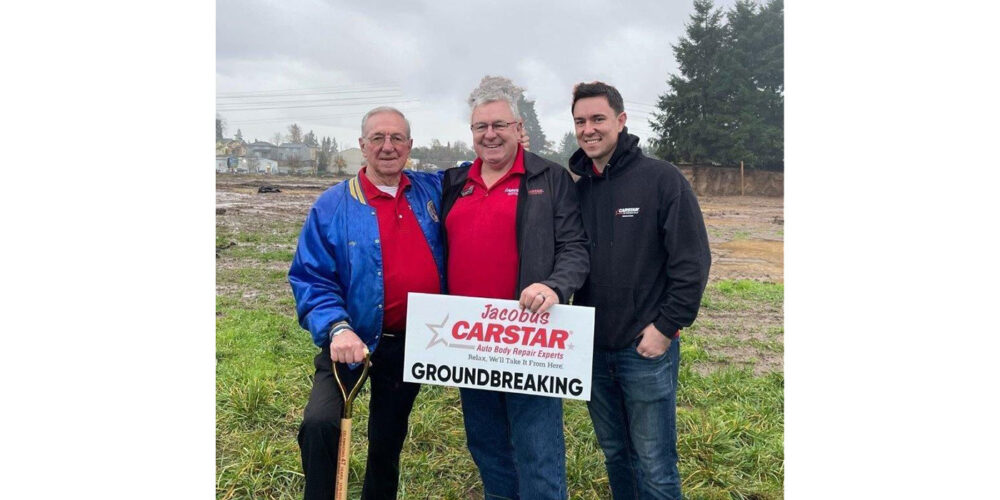I’m betting being poor isn’t something you’re striving for either. Yet many in this industry clearly are struggling to run a profitable business.
But the industry’s shrinking bottom lines are actually only a symptom of a much bigger problem: the industry’s belief system. Too many repairers “believe” the insurance industry “controls” what they’re paid for work performed.
That’s bunk. And changing this industry’s belief system is just one of the many benefits of billing in dollars …
Customers understand it. “It’s far easier for a consumer to understand that refinishing his fender will cost $80 labor and $50 for materials than to merely see 2.0 hours and a bill for $130,” says Florida shop owner Barrett Smith, who’s been billing in dollars for more than a decade.
Eliminates “funny” times. “Anyone who’s ever had to explain to customers our industry’s moronic flat-rate system knows how sticky that explanation can get,” says John Shortell, a Connecticut shop manager who recently began billing in dollars. “No longer will you have to explain that your labor charge of one hour at $60 is the same as the insurance estimate where they wrote one-and-a-half hours at $40. The operation costs $60, period. No longer will you have to keep a car hanging around a couple days after the repair is finished because you completed a 40-hour repair in 25 hours. Labor hours are irrelevant.”
Legitimizes/legalizes the industry. “Just because it happens so much, people believe it’s OK to bill 3 hours for a job that only took a half hour to do,” says Charlie Barone, a former Pennsylvania shop owner turned post-repair inspector. “This was big news several years ago when the FTC took action against Sears auto service centers for posting hourly labor rates and billing on book-derived flat-rate times.”
Eliminates the labor rate/time argument. “I’ve had some questions from insurance appraisers, but I now tell them I don’t want to discuss labor rate,” says Shortell. “I need $240 dollars for the procedure. I’ll settle for $210. The appraiser is still a hero for beating me down.”
Allows you to charge for warranty, acceptance of liability and value. Says Smith: “I believe it a good practice for a repairer to see just how much money ($$$) he’s really earning by doing the task and understanding the liabilities of doing so – and perhaps the costs of re-doing. For example, the task of ‘color sand and buff’ is extremely difficult and full of potential risks. Billing in dollars helps repairers to realize they’re liable for performing a re-paint requiring all the R&Is and color matching again – causing production slowdowns, a missed delivery date and potentially a lost client, work delays for other clients, as well as hard costs of $300 to $900 or more – all for the underpaid process of .5 @ $40 or $20.”
Returns focus to the bottom line and helps to change the industry’s belief system. “The typical interface with a shop owner and an adjuster is all about rates, procedures and book times. It’s never about the bottom line,” says Barone. “This is the biggest mistake shop owners make. Shops should write their bid in terms of dollars at the bottom line and react only to any short change on that basis. For an adjuster to claim that there are shops in the area that will do the job for their offer (for less than your shop, which has the car in its possession) is the biggest lie told in the industry. Who saw that car and prepared a firm lower bid for the repair? No one. It can’t happen. Furthermore, there are state laws and regulations against securing bids on the basis of phone calls, photos or pre-arranged agreements to accept insurance bids.”
Shop owners need to realize that insurance companies (i.e. third-party payers) have no right to interfere with the prices you charge for goods and services. The market – being you and other local shops – determine rates.
“This entire labor guide, database, P-pages and the rest of it is nonsense created by the insurance industry to exercise control over claim costs,” says Barone. “But the arguments over labor times, what’s included/not included and prevailing rates become instantly irrelevant when billing in dollars. Adjusters can’t argue on bottom line terms.
“Like a wise man once told me, you can’t lose their game if you don’t play their game.”
Georgina K. Carson, Editor
Comments? E-mail them to [email protected].
See this month’s cover story, “Billing in Dollars Makes More Cents,” written by Barrett Smith.













